Pollution impacts drinking water in Washington County
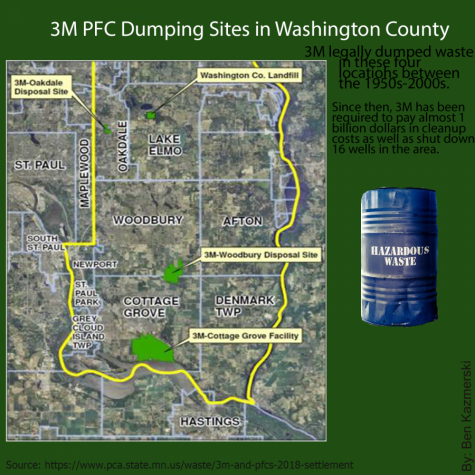
The Stillwater community is affected by water pollution, as is any populated area. Large corporations such as 3M have had effects on the local environment and contributed to the pollution of water sources around Stillwater.
Chemicals were dumped by 3M legally in the 1970s and since then have shut down 16 wells in areas around Stillwater including Woodbury, Lake Elmo, Cottage Grove and various others in the area. Water pollution concerns environmentalists as it affects the animals, the plants and the people in the areas that are heavily affected.
The polluted water can contain various compounds that can be toxic to certain organisms. On a more regular basis, runoff that has collected fertilizer poses another threat to natural bodies of water by adding excess nitrogen and phosphorus which can be toxic to certain plants or animals.
The water quality in Stillwater is higher than that of some other communities and therefore the water is not at a state where it is a danger to drink. Nonetheless, it is important to keep in mind when talking about environmental issues. If left alone, pollution coming from large companies can severely damage ecosystems around the waterways.
“Obviously you look at cities like Flint [Michigan], and I think we’re a long ways away from that, as far as lead concentration being a concern in our drinking water,” Ryan Miller, history teacher and Youth for Sustainable Solutions advisor explained. “But it’s something you do have to be really diligent about monitoring and getting the word out to the people if there is an issue.”
Obviously, we need water to survive. It’s a core piece of our life and how society functions, so it should always be a top priority as far as being clean and being available to every citizen.
— Ryan Miller
Pollution on a large scale as seen with fertilizer used on farms or golf courses can easily pollute runoff if steps such as plant buffers are not made to prevent it from reaching various bodies of water. These water sources are essential to any community to ensure that all organisms remain healthy and this can be compromised if not properly taken care of.
“Obviously, we need water to survive,” Miller added. “It’s a core piece of our life and how society functions, so it should always be a top priority as far as being clean and being available to every citizen.”
Water pollution can quickly become a larger issue if not taken care of on a local level. The water that can be polluted by large businesses is often times connected to a larger source of water and spread further to alternate ecosystems and communities.
“When you look at a small stream in Minnesota, it makes its way to the Saint Croix and makes its way to the Mississippi and eventually to the Gulf of Mexico. And when you look at that you just see areas around here fish and other important wildlife just can’t survive because the levels of nitrogen in the water are just so high,” junior and environmentalist Max Vogel said.
A practical way that may help prevent further damage to the environment by pollution is simply to know what issues face a community. This can help people be engaged in efforts to improve upon the status of the environment or help them realize the impact of pollution.
“I feel students should always be aware [about environmental problems in their community], I know a lot of students won’t take steps but just at least knowing the problem is important,” Vogel added.

My name is Ben Jacobs and I am junior. I am on staff as a podcast reporter. I don't do as many school activities as I spend a lot of my time doing homework...


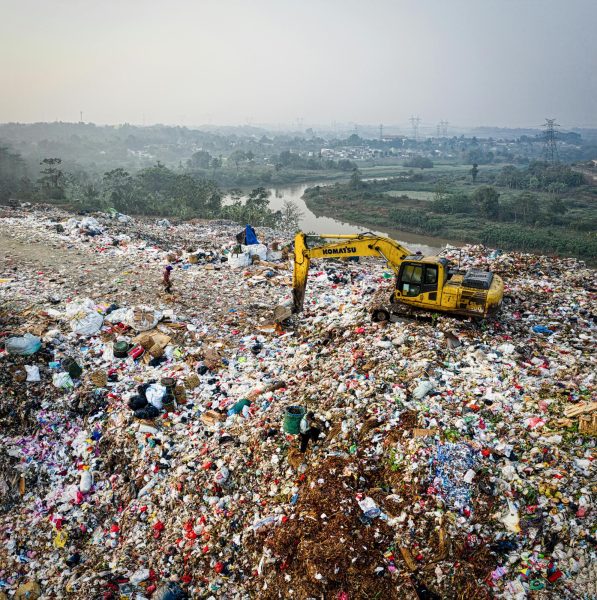


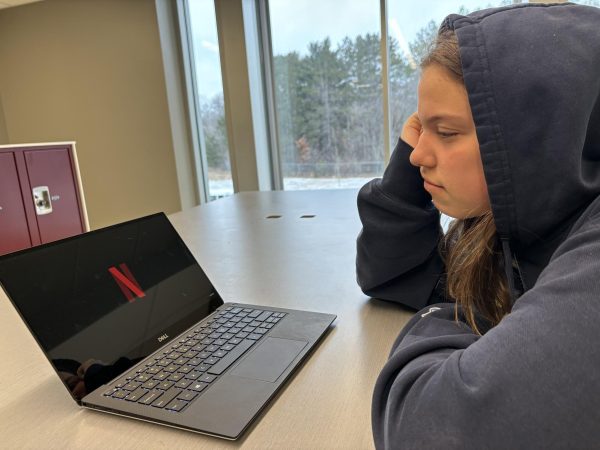

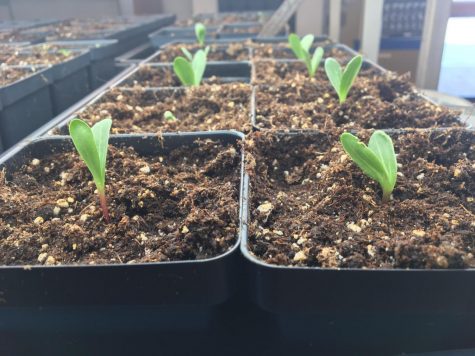


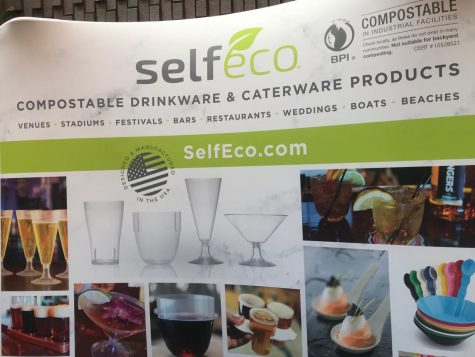



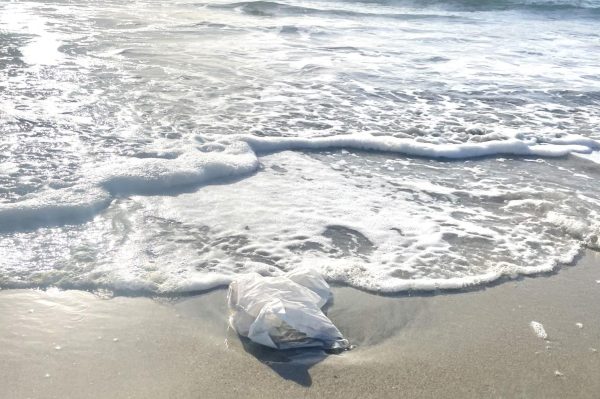

Michael O'Gorman • Dec 21, 2018 at 9:18 am
I think this article was really well written. You had very compelling quotes from credible people. The facts were also very well researched.